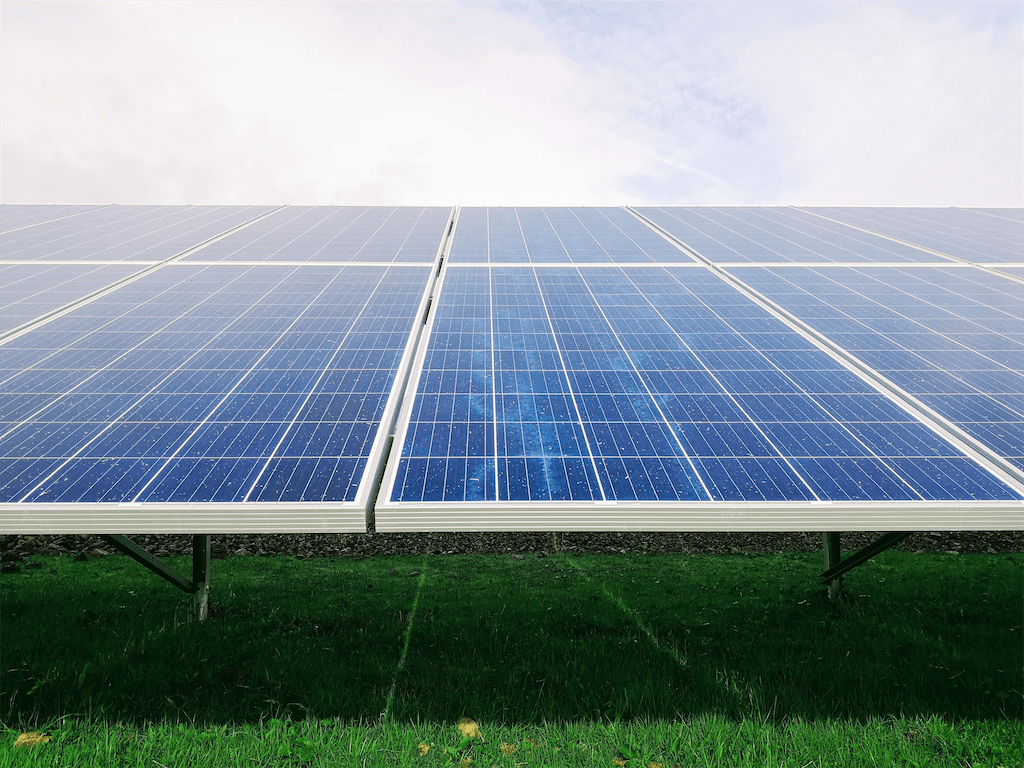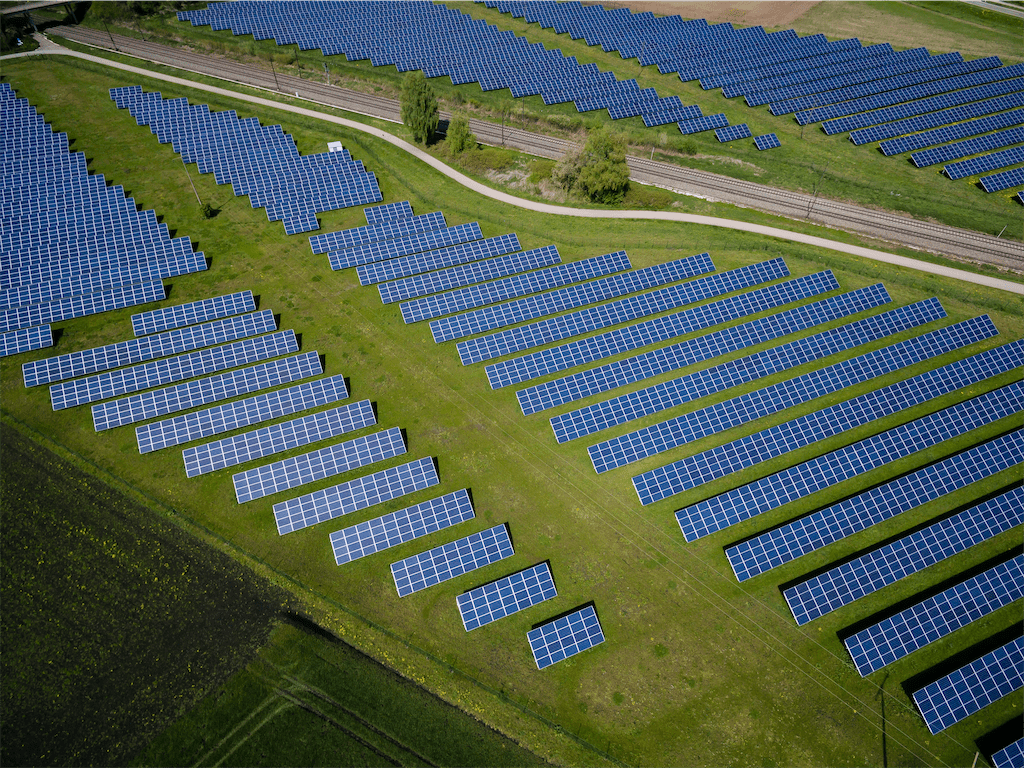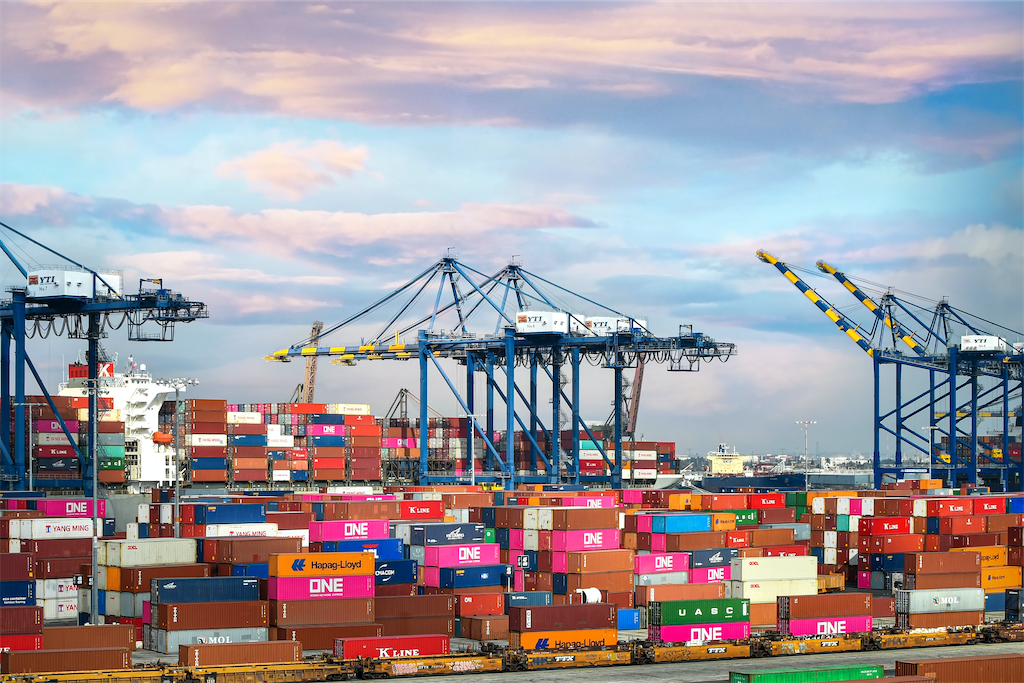Solar Photovoltaics in Europe

20TH April 2022
Sara Di Mario is an Entrepreneur and former Executive with a wide knowledge of the Photovoltaics market in Europe, for over 17 years. She has been Chief Operating Officer in the European Energy & Infrastructure sector (EF Solare and Green Arrow Capital), having managed two of the biggest European renewable energy portfolios across all the renewable technologies (over 400 sites managed for 1,3GW and 5B€ asset value).
Since 2021, she runs her own company, Hazel New Energy, which focuses on investing in renewable energy assets and providing advisory services for clients’ development needs with a particular focus on energy transition projects.

Below are some key insights from Sara on Photovoltaics in Europe, its latest trends as well as its competitive landscape in Europe.
What is the contribution of solar PV to European electricity production? Which states/countries are leveraging this the most and why?
Solar PV is growing fast at the European level despite the COVID-19 pandemic. Germany is confirmed as the first market with 5.3GW of new capacity installed in 2021, followed by Spain (3.8GW), Netherlands (3,3GW), Poland (3,2GW), and France (2,5GW). It is interesting to underline that for Germany this was due to a strong and stable subsidy structure aimed at increasing auto-consumption and pushing on the development of industrial plants up to 10MW thanks to feed-in tariffs and auctions, while for Spain this increase was mainly due to the high solar radiation that led the country to be Europe’s first subsidy-free market in Europe. Most of European markets are currently pushing on rooftops and auto-consumption solutions, despite often facing local or permitting complexities in addition to several problems related to grid constraints.
Countries with the biggest installed capacity are Germany (59.9GW), Italy (22GW), Spain (17.9GW), France (13.2GW), and the Netherlands (13.1GW).
In 2021, we faced an increase in energy demand that was around+4% in Europe compared to pre-pandemic figures, after two falls of -1.3% and -4% in 2019 and 2020 respectively. This increase has been served by a +11% coal production increase and by nuclear (+6%), while only by a low +1% of renewable energy generation.
If you look at these figures and consider that solar represents only around 10% of renewable energy production at global level (renewables account for 28% of global energy production), this means that we have a long path in front of us.
Is solar PV subsidised in Europe? How competitive is the market among private players?
Subsidies have been fundamental for the market so far. In particular, in Germany, a big portion of solar success is still due to both auto-consumption and stable and attractive feed-in tariffs for bigger plants, while in Italy and Spain, this was true only in the past. Southern European countries can however benefit from high solar radiation and, as a consequence, in some areas subsidies are not needed anymore. Nevertheless, the complexity of permitting rules and changes in regulation can slow down and, in some cases, stop the market. This was the case of Italy, while Spain for instance has been able to exploit its geographical advantage and speed up a market mainly based on PPAs (power purchase agreements) despite the grid connection constraints.
Other Northern European countries such as Denmark have been able to exploit corporate PPAs and favour a fast-growing market.
What emerges here is that the main aspects to be considered in addition to subsidies are permitting rules, grid constraints, and the possibility to sign PPAs and corporate PPAs. A favourable regulatory environment is often, as you can see, much more important than subsidies to let the solar market flourish.

In discussions around Solar PV vs Concentrated Solar Power (CSP), where do you see future trends leaning towards and why?
CSP installations are negligible in terms of capacity compared to solar PV, as a consequence it is hard to compare these two technologies given the different levels of maturity of the respective markets.
From a technical perspective, we have to remind that CSP basically converts solar heat power into thermal power using mirrors, and this can be done through several technical solutions and configurations. This high-temperature heat can both be used to produce energy through turbines and be stored, despite only a few existing CSP projects have storage facilities so far. This means that CSP is able to create a stable, night and day, energy production. However, it is technically complex to be built and managed, being probably more similar to a gas turbine than to a solar PV plant.
As such, solar PV and CSP do not really compete from a technical point of view but can be integrated to create a clean and stable energy production plant. Solar PV is much cheaper and produces an unstable flow of low-cost energy. CSP is more complex and expensive, however it can support in creating a stable flow of energy.
The mix of the two technologies could really be successful to create stable and controllable renewable energy plants. CSP unfortunately is not mature enough from an economical point of view and should be incentivized to have the technological boost and cost reduction that we experienced for solar PV. In addition, there are only a few operators able to build and operate a CSP plant, so there is a lack in technical and operational competency that should be filled.
Is there any impact of solar PV on the environment? Are there any rare materials involved in production of PVs?
Solar PV surely has an impact on environment during the modules’ construction phase. They are basically composed of a frame, cells, backsheet, protective film, conductors and a tempered glass cover. The frame is aluminum, the cells are silicon coming from quartz, the conductors are copper and the backsheet and film are typically a polymeric material. Mining, cleaning, manufacturing and transportation of all these components require a big amount of energy. The positive aspect is that once they are installed solar plants need negligible additional energy to be managed and their lifetime is estimated around 25 or 30 years.
Solar plants indeed require around 65% of total energy in the modules production phase, around 25% in the operational phase and the rest during the disposal phase. Coal plants, on the other hand, consume 98% of total energy during the operational phase instead.
What are the CO2 emissions of a PV system? Can a PV panel be recycled, what is its lifetime today?
First of all, the emission intensity of a system is represented in total carbon emission during the lifetime per unit of energy, and its measure unit is grams of carbon dioxide equivalent per kilowatt-hour (gC02e/kWh). In the last decade some studies estimated the emission intensity for solar is around 40 gC02e/kWh compared to coal which is around 1.000 gC02e/kWh. This would mean that, despite the huge amount of energy used in the production phase, solar is still a sustainable resource.
The hot topic here is modules disposal after they have completed their lifecycle.
A consolidated industry of modules disposal did not start so far: the topic has been studied and, theoretically, all the components are fully reusable, but a real market of end-of-life management is still to come. In 2016 Irena has estimated that recycling solar PV panels at the end of their lifecycle could unlock an estimated stock of 78 million tonnes of raw materials and other valuable components globally by 2050. This would translate into an economical value in excess of 15 billion dollars in terms of recovered materials.
In a nutshell, favouring a solid recycling market would not only have an environmental value in terms of reduced emissions but also a valuable economical added value.

Can you elaborate on new innovative trends in the use of solar PVs? eg. Agrivoltaics or any others?
Agrisolar allows to meet four out of the seventeen SDGs – Sustainable Development Goals (number 2, 7, 13, 15, i.e. Zero Hunger, Affordable and Clean Energy, Climate Action, Life on Land). This gives an idea of how fundamental for our future this solution that combines sustainable agriculture and sustainable energy would be.
In addition to that, studies at European level show that agrisolar projects increase farming production by 3-10% and reduce water waste by 70-80% so far. These figures are mainly due to the protection that modules and agrisolar structures guarantee to the cultivation and the technological support of the monitoring system and web connection of the solar plant that can be used to implement an advance farming activity, thus optimizing irrigation. EU estimates around 40% of overall water resources are consumed in agricultural, forestry and fishing activities, so reduction of water consumption is one of the main added values of this technology.
Agrisolar projects, however, must be very well designed from both a technical and a contractual point of view: the solution must perfectly fit the expected farming activity, and during the operational phase the proper needs of both solar plant and farming activity must be taken into consideration. What can likely happen if these aspects are not properly arranged in advance is a continuous quarrel between the parties involved. To avoid that, interests must be aligned and a balanced sharing of results would be a successful solution.
For investors out there looking at the solar PV market, do you have any concluding thoughts to share on the immediate future of solar PVs?
Solar has become a mature market and, as such, “responsibility” must be a keyword from now on. The new models based on the figure of the prosumer (producer + consumer) or, even more, on the prosumage (producer + consumer + storage) require much deeper technical knowledge and a focus on grid issues. Market operators must now focus on market requirements and on final customers, they can not afford anymore to put energy in the grid relying on someone else to manage the system. Investments in competencies and technologies are needed and investors should look at the broader picture relying on managers and advisors that are really able to add business value and not only focusing on financial aspects.
This is a moment when we are creating the energy transition but no one exactly knows what this means in practical terms: we must work on creating a sustainability culture and a technical know-how able to boost the creation of new business models. We must be brave.
We would like to thank Sara for her time and these valuable insights she has provided.


